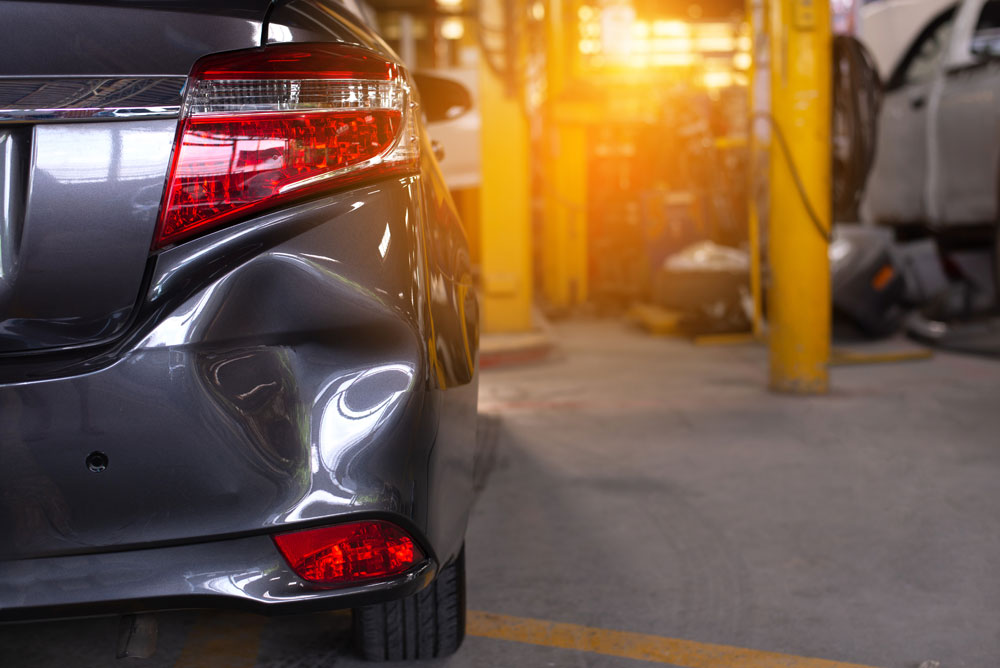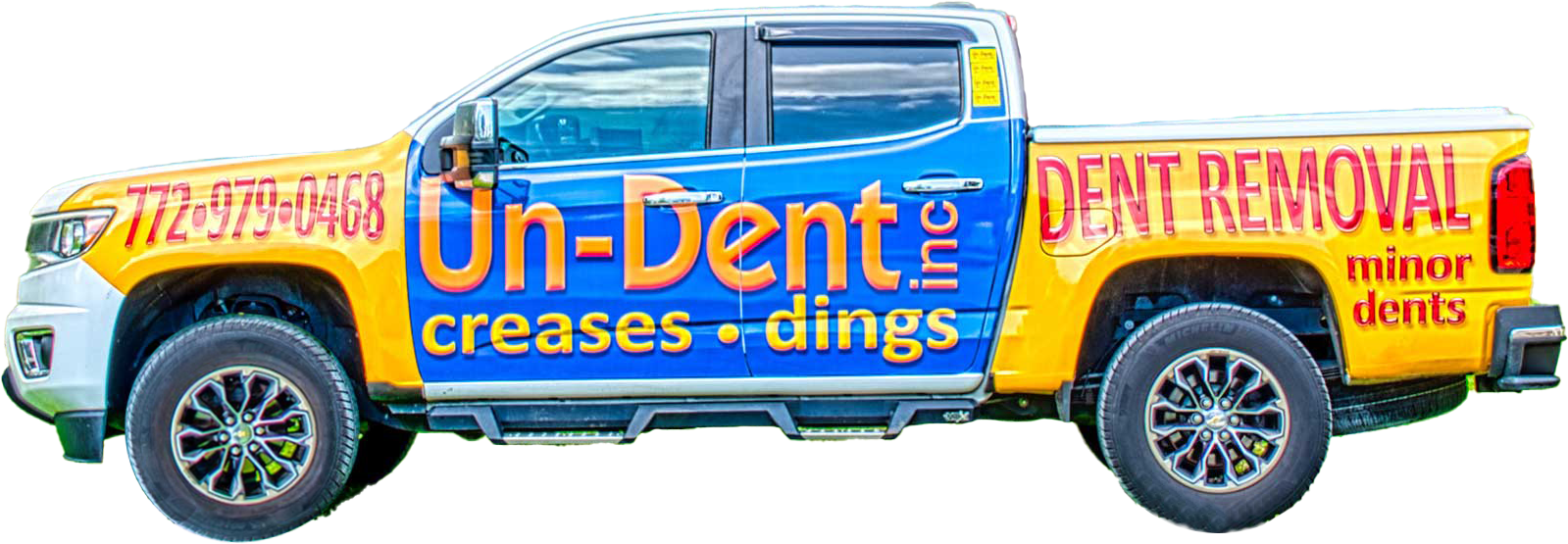Introduction
Paintless Dent Removal (PDR) has emerged as a revolutionary technique in the automotive repair industry, offering a non-invasive solution to dents and dings. However, misconceptions and myths surround PDR, preventing many from fully embracing its benefits. This comprehensive blog post will debunk common myths associated with Paintless Dent Removal, clarifying its effectiveness, cost, and environmental impact.
Myth: “PDR Only Works for Small Dents”
The misconception that PDR is limited to minor dents is a prevalent myth that needs debunking. PDR techniques are remarkably versatile, extending beyond small dings to address larger dents effectively. Skilled technicians employ a range of specialized tools and techniques to manipulate and reshape the metal surface.
Factors Influencing Applicability
The applicability of PDR to larger dents depends on various factors, such as the dent’s location, depth, and accessibility. Dents on flat surfaces and those away from edges are often more conducive to PDR. Through real-world examples and success stories, we’ll showcase the versatility of PDR in restoring vehicles with substantial damage.
Myth: “PDR Is Expensive”
Addressing the belief that Paintless Dent Removal is costly is crucial for dispelling reservations about opting for this technique. Comparing the cost-effectiveness of PDR to traditional dent repair methods is essential for illustrating its economic advantages.
Cost-Effectiveness Analysis
Consider factors like labor, materials, and time involved in PDR and traditional dent repair. By breaking down the expenses, we’ll demonstrate how PDR can be a more economical choice, particularly for minor to moderate dents. Real-world cost comparisons and testimonials can provide a tangible understanding of the financial benefits of choosing PDR.
Myth: “PDR Damages the Paint”
One of the most persistent myths surrounding PDR is the misconception that it poses a risk to the vehicle’s paint job. PDR is designed to preserve the original paint, distinguishing it from traditional dent repair methods involving fillers and repainting.
Principles of PDR
Dive into the principles of PDR, explaining how skilled technicians gently massage the dent from behind, restoring the metal to its original shape. This section will emphasize the non-invasive nature of PDR and the absence of paint damage, debunking the myth and instilling confidence in potential customers.
Myth: “PDR Takes Too Long”
Dispelling the notion that Paintless Dent Removal is a time-consuming process is vital for showcasing its efficiency. Highlight the quick turnaround time of PDR compared to conventional dent repair methods, providing insights into the factors contributing to this efficiency.
Efficiency of PDR
Through real-world examples and case studies, explore instances where PDR has significantly reduced repair time. Discuss how this efficiency benefits car owners and repair shops, making PDR an attractive option for those seeking a swift resolution to their dent issues.
Myth: “PDR Is Only for Professionals”
Challenging the belief that PDR is exclusively for skilled technicians opens the conversation about DIY options. While professional expertise is valuable, introduce the concept of DIY PDR kits and address their effectiveness for minor dents.
DIY PDR Kits
Explore the accessibility and usability of DIY PDR kits, emphasizing their suitability for small dents. However, stress the importance of proper technique and caution, as DIY solutions may not be as effective for complex or large dents. Provide tips and guidelines for individuals considering a DIY approach.
Myth: “PDR Is Limited to Certain Types of Metal”
Addressing the misconception that PDR is effective only on specific types of metal is crucial for showcasing its adaptability. Discuss the flexibility of PDR across various metal compositions, explaining how skilled technicians can successfully apply PDR techniques to different materials found in modern vehicles.
Adaptability of PDR
Highlight instances where PDR has been successfully applied to diverse metal surfaces. By explaining the principles that allow PDR to work on various materials, this section will debunk the myth and emphasize the universal applicability of PDR.
Myth: “PDR Is Not Environmentally Friendly”
Busting the myth that Paintless Dent Removal is harmful to the environment is essential for attracting environmentally conscious consumers. Showcase the eco-friendly aspects of PDR, emphasizing its minimal use of resources, lack of toxic chemicals, and reduced carbon footprint compared to traditional dent repair methods.
Eco-Friendly Advantages
Provide a detailed exploration of how PDR aligns with eco-friendly practices. Discuss the waste reduction, the absence of harmful chemicals, and the overall positive environmental impact of choosing PDR over traditional dent repair.
Conclusion
In conclusion, Paintless Dent Removal is a reliable and environmentally friendly solution for dent repair, contrary to the myths surrounding it. By debunking these misconceptions, we aim to empower readers to make informed decisions about maintaining the aesthetic integrity of their vehicles. PDR’s versatility, cost-effectiveness, and minimal environmental impact position it as a frontrunner in the quest for efficient and sustainable vehicle dent repair solutions.


